Edible flowers are the blooms of flowering plants that can be eaten either raw or cooked. There are wide different varieties of edible flowers that come in various colors, shapes, and sizes.
Edible flowers are a great way to add a pop of color to any dish. They can also be used as garnishes for drinks and desserts. After becoming unpopular for many years, cooking and garnishing with flowers have re-emerged. Commonly found in ancient Rome, China, the Middle East, and India early on and is still prevalent in Indian dishes and some Anatolian dishes.
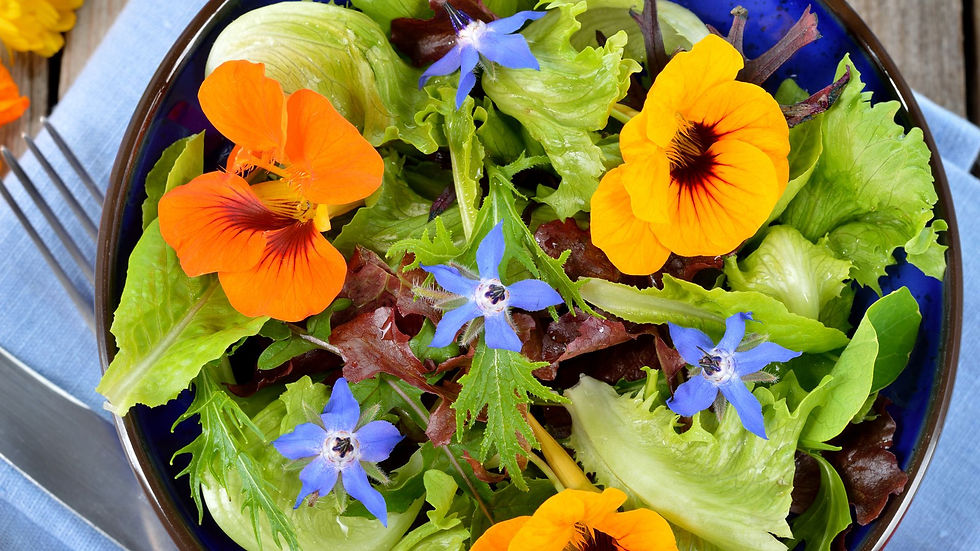
Most people think that all flowers are edible but this is not true. For example, daisies and chrysanthemums are edible while daffodils and tulips are not because they have bulbs that can be poisonous if consumed.
Edible Flowers in Meals or Cocktails
Edible flowers are a great way to add color and flavor to your dishes. They can be used in both sweet and savory dishes, as well as cocktails. They have a variety of health benefits, including antioxidant and antibacterial properties that are beneficial to the immune system. Edible flowers can also help with digestion and weight loss.
Some of the most popular edible flowers include lavender, rose, chamomile, borage, calendula, cornflower, cilantro, lemon mint, English daisy, violet, nasturtiums, and pansies.
Which Flowers are Edible?
Nasturtium
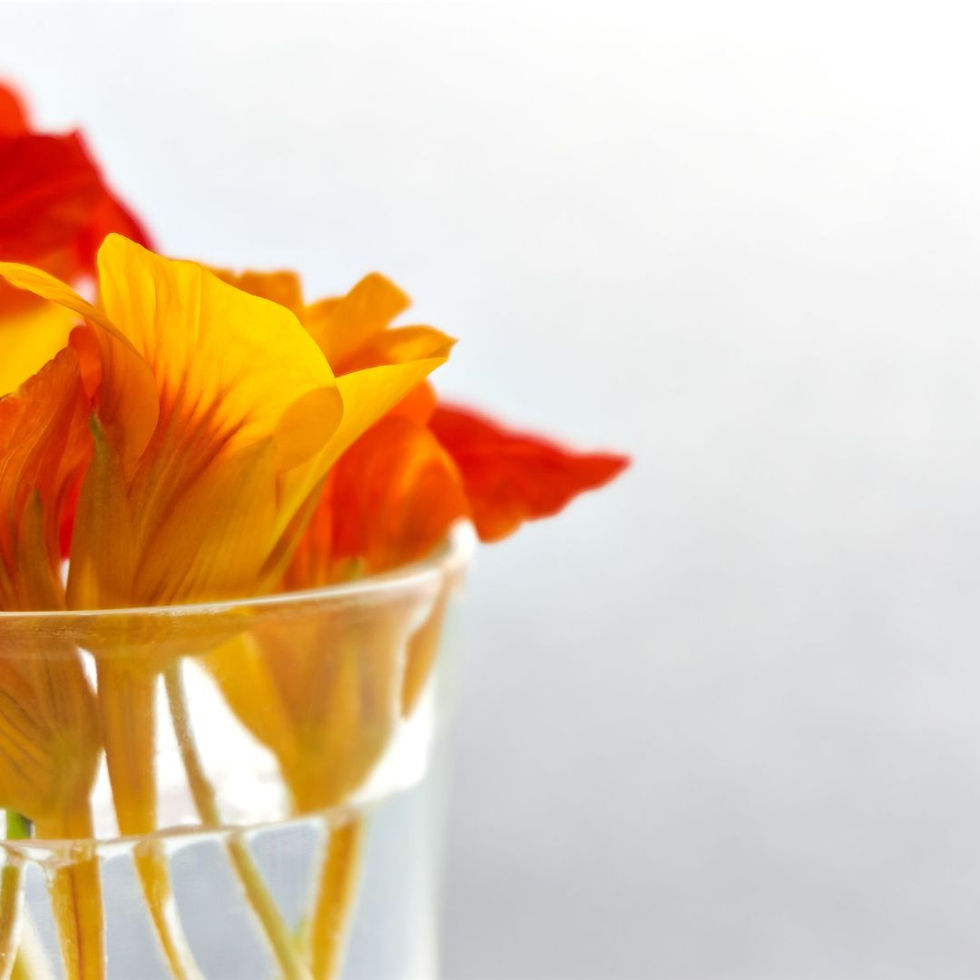
Its bright yellow, orange, and red blooms have a spicy, pepper-like flavor. They are one of the most common edible flowers. Its leaves can be used in salads for a sharp, peppery flavor. Pickled seed pods are a less expensive alternative to capers. Its flowers can be used to garnish salads, cheese tart, bruschetta, or open-faced sandwiches.
Rose | Rosa
Rose petals are a classic garnish for desserts, such as pastry cream and pound cake. They can also be used in panna cotta, ice cream, tarts, and more. The juice from the petals can be added to a cocktail as well.
Borage | Borago Officinalis
The fragrance and taste of blossoms are cool, with a faint touch of cucumber. Has lovely cornflower blue star-shaped flowers. Can be used in lemonade, gin tonics, chilled soups, and dips.
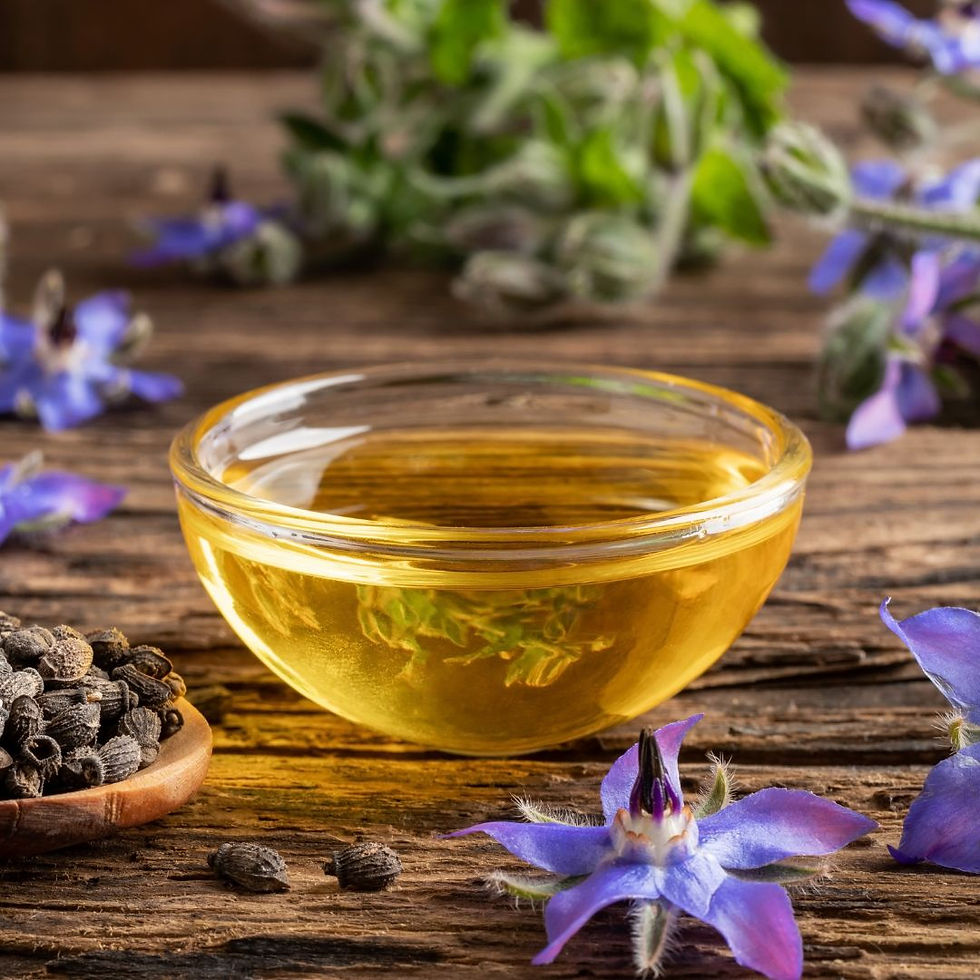
Cilantro | Coriandrum Sativum
Has a tangy, fresh flavor and aroma. Always use the leaves and flowers raw because their flavor dissipates when cooked. Also good on salads, bean dishes, and cold vegetable dishes.
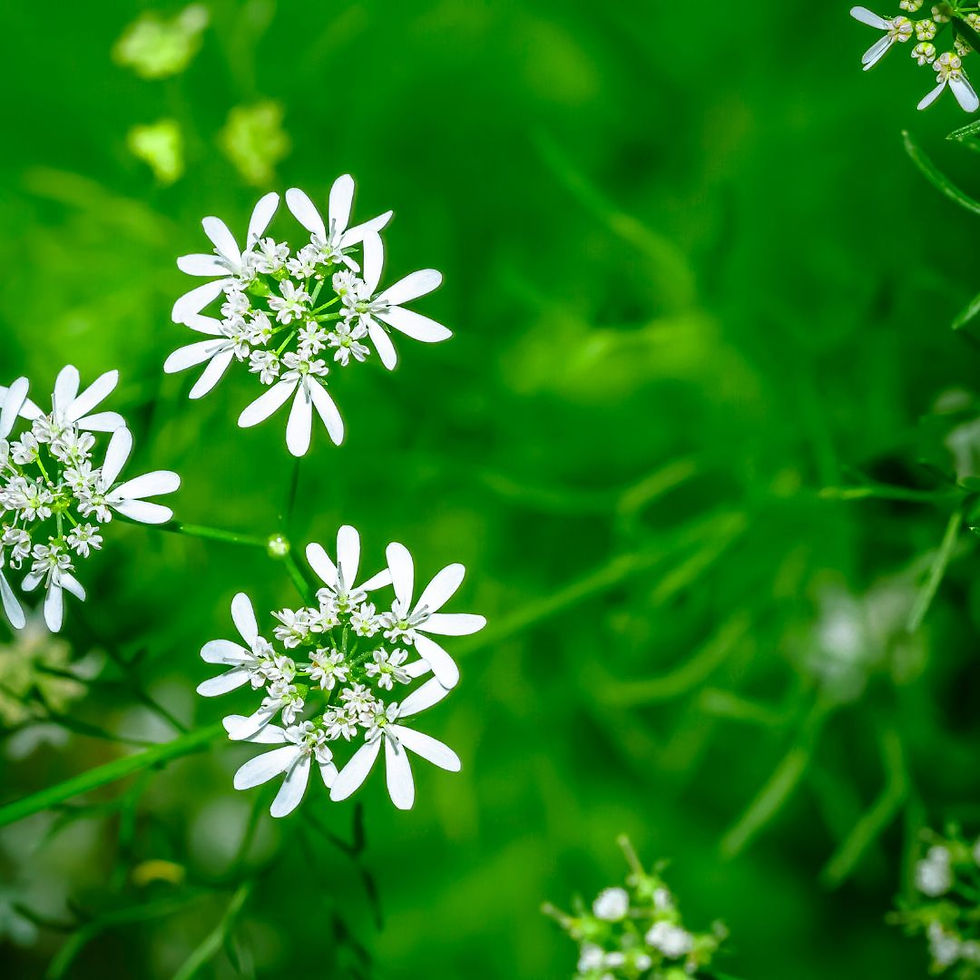
Calendula | Calendula Officinalis
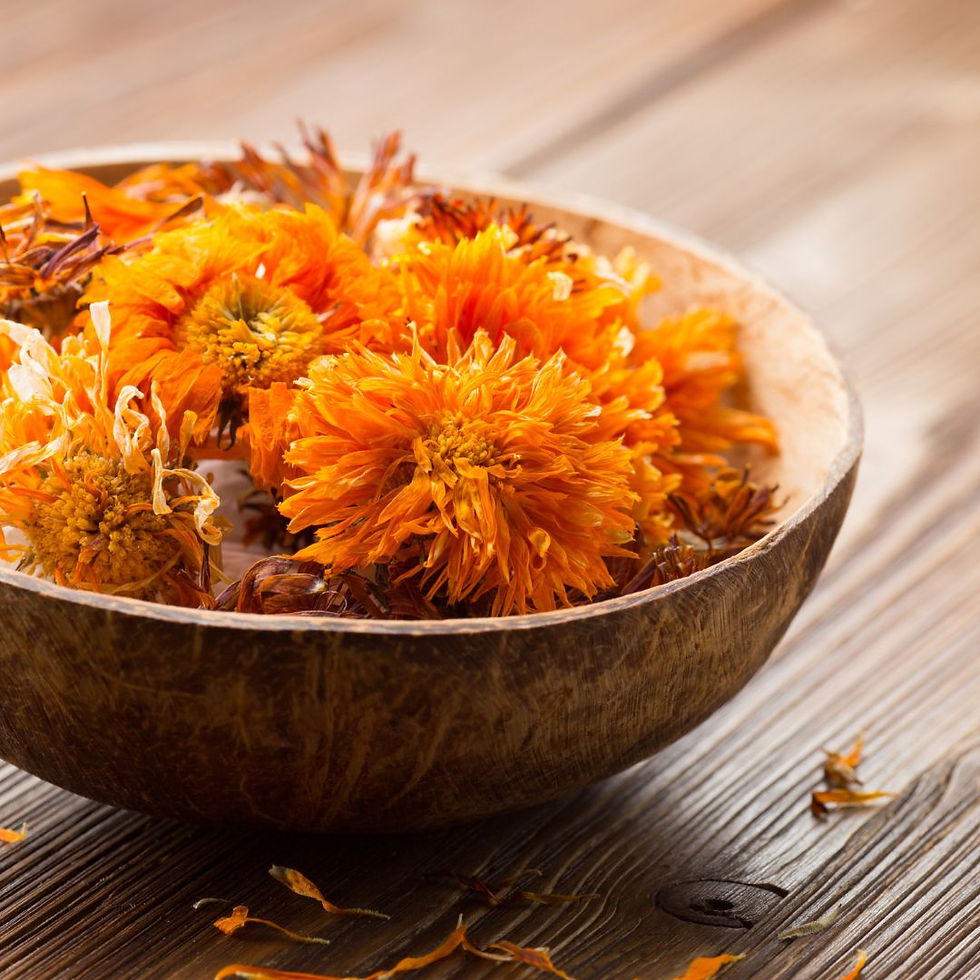
It has a yellow-orange flower and a mild, peppery flavor. Only the petals are edible and their sharp taste resembles saffron. Scatter the petals on some of your favorite dishes- soups, salads, pasta, or rice dishes. They also add a yellowish color to soups or scrambled eggs other than flavor.
Calendula also has many cosmetic and health benefits.
Cornflower | Centaurea Cyanus
Cornflower has bright blue flower and a mild taste. They are delightfully sweet to spicy flavors, like that of cloves. More commonly used as a garnish.
Dianthus Wee Willie | Dianthus Barbatus
It has a tiny pink flower with a clove-like flavor and onion-flavored Chives. Flowers are a great addition to salads and desserts like aspics.
Lemon Mint | Monarda Citriodora
Comes with a strong mint flavor. Very good with salads and even cocktails.
Pansy | Viola Tricolor
It has brightly colored flowers and a mild, slightly sweet flavor; Can be used as garnishes, fruit salads, green salads, desserts, or soups.
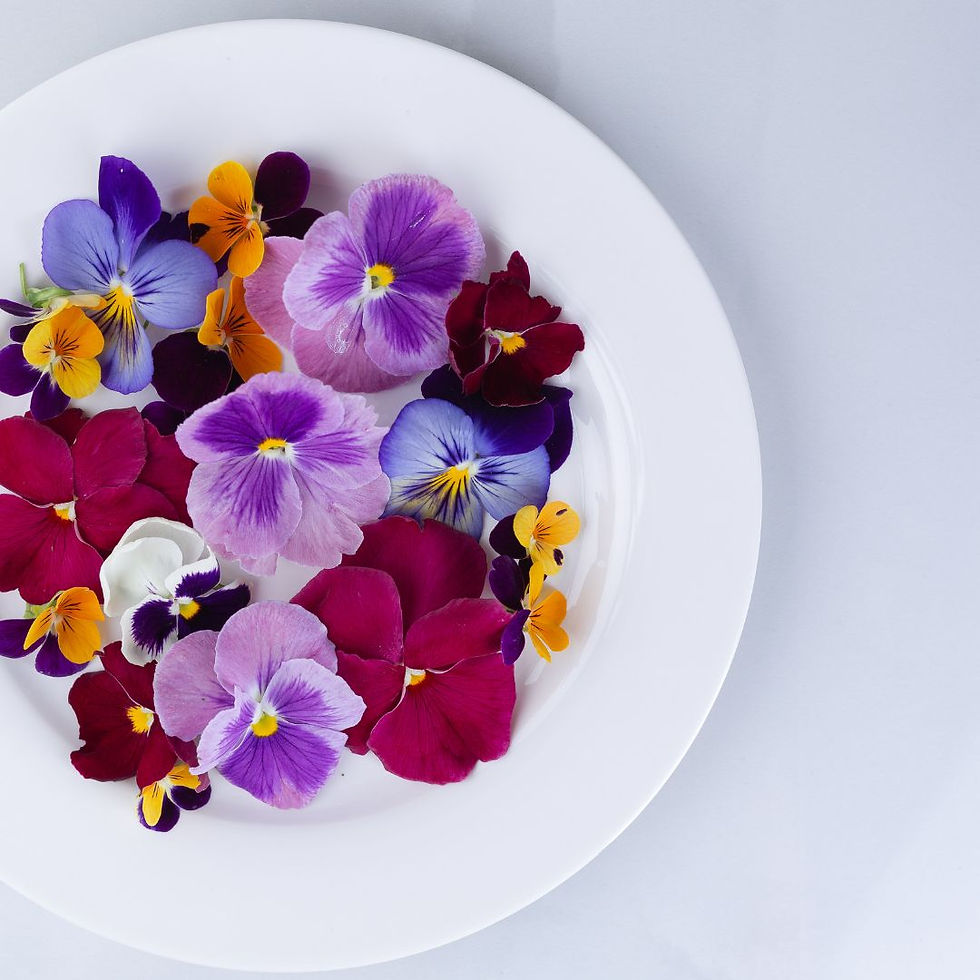
Lavender Hyssop | Agastache Foeniculum
Its flower has a nice licorice flavor. They can be used as decoration and add a wonderful taste to a glass of champagne, with chocolate cake, or as a garnish for ice creams.
English Daisy | Bellis Perennis
It’s a lovely flower with a sweet, mild flavor. But most commonly used for their looks than their flavor in salads or platters.
Some Important Facts on Edible Flowers
Eat flowers only when you are sure they are edible. Some species can be poisonous.
Before eating, wash properly
Add flowers to your menu in small quantities. Be sure you don’t have any allergies or other problems like digestive problems before increasing the quantity.
Before eating remember to remove the stamens and pistils.
Flowers from florists or nurseries are generally treated with non-food-grade pesticides. Also, flowers served with dishes at a restaurant may not be food-grade so don’t eat if you are not sure.
Comments